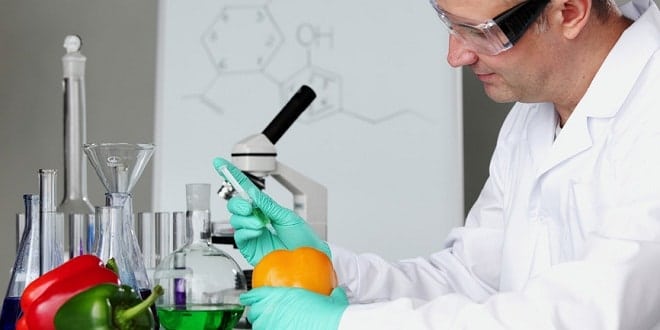Laboratory > Kinetics of Maillard Reaction
KINETICS OF MAILLARD REACTION
THEORY
When proteins or amino acids are heated in the presence of carbohydrates, what is called a ‘browning reaction’ takes place.” It occurs “in a variety of common foods, including toasted bread, dried fruits, gravy mixes, beef stew, franks with beans, etc.” Carmelization of sugar is another type of browning reaction. These reactions are responsible for the characteristic flavors, aromas, and brown color of many cooked foods. The Maillard reaction, also referred to as non-enzymatic browning, is actually a complex set of reactions that takes place between amines, usually from proteins and carbonyl compounds, generally sugars, especially glucose, fructose, maltose or lactose.The consequences of these reactions include the formation of many products, most of which have some impact on the flavour and appearance of the cooked food. The Maillard reaction is the reason why dough does not taste like cooked bread and it also explains why boiled meat tastes different to roasted meat since loss of moisture content allows this reaction to take place.
…




